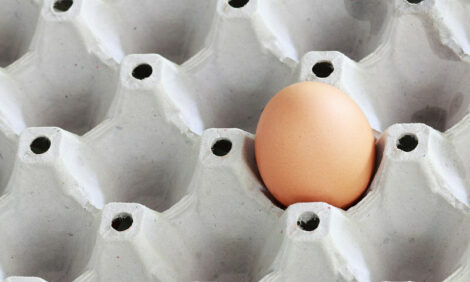



CME: US Meat Availability Continues to Expand
US - Production data for week ending May 14 shows that meat supply availability in the US continues to expand, with beef supply increases leading all other proteins, write Steve Meyer and Len Steiner.Beef production for the week was estimated by USDA at 490.5 million pounds, 6.1 per cent larger than a year ago. For the last four weeks US beef production has averaged 25.8 million pounds/week higher than the previous year.
The last time we saw this kind of y/y increase in beef production was in early 2011. Keep in mind we are talking about the change in supply rather than total tonnage.
We have had a couple of 490 million pound production weeks recently. One of them was in mid September of last year and another was in mid December.
In both cases prices cratered as market found it difficult to absorb the large supply. This time, however, is a bit different because of Memorial Day demand and the general increase in meat consumption over the spring and early summer.
Pork production for the week was 461.2 million pounds, +1.8 per cent from a year ago. In the last four reported weeks pork production is up an average of 11 million pounds. Chicken production during this time also is up almost 20 million pounds and turkey production is up 4.6 million.
Combined beef, pork, chicken and turkey supplies are up an average 3.5 per cent in the last four weeks.
While there is a lot of consternation/speculation as to why futures and cash prices have been so volatile in recent months, the net increase in supply availability for all proteins remains the key bearish factor in the short term.
It is important to keep in mind that retail prices take time to adjust. This applies to the price of those ribeye steaks in the retail meat case or the price of a ribeye steak on the restaurant menu.
Over the last few years retail prices have increased sharply as US meat supplies either declined (as in the case of beef) or increased at a slower pace than normal population growth. Per capita beef supply availability in 2015 was down 10 per cent compared to what it was in 2010 and pork availability increased just 3 per cent.
Chicken were up 7 per cent, with all the growth happening last year. Over time retail prices adjusted to the tight supply environment. Retail beef prices by 2015 had increased 43 per cent compared to what they were in 2010. Pork retail prices were up 24 per cent and composite broiler retail price was up 12 per cent.
Now there is more red meat and poultry coming at us but it will take some time for the price transmission mechanism to catch up. And this is not because of some nefarious scheme on the part of retailers and foodservice operators to try and capture more margin. Rather, it simply reflects both logistic and operational challenges.
It takes time to come up with new menu items that better reflect the new pricing environment.
Example, over the years restaurants started pushing smaller size steaks from cheaper cuts or reduced the amount of meat on a sandwich. It takes time to now revert back.
Sure, retailers have the ability to run special promotions for certain times of the year - Memorial Day being one of those times. But once the promotion ends, prices revert back.
There is no guarantee for the retailer that keeping prices low will generate more sales volume. And if that does not happen then they will see a sharp drop in their overall revenue, making for uncomfortable performance review sessions for the meat buyers. Meat supplies are up, it just will take time for prices to catch up.









